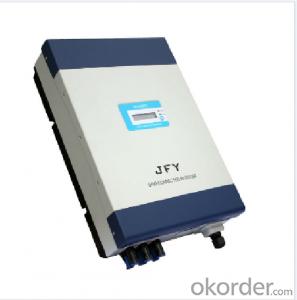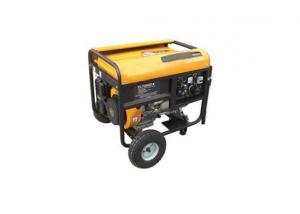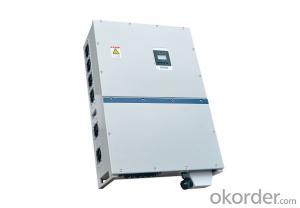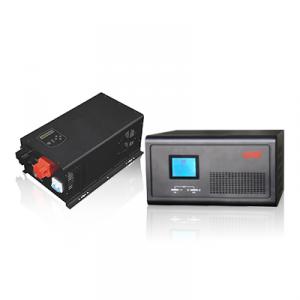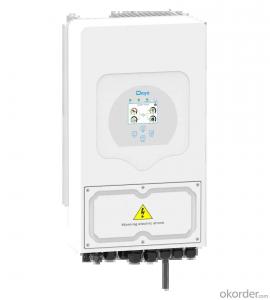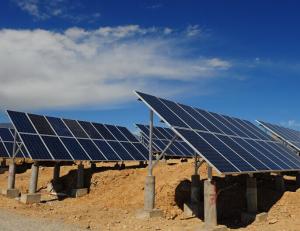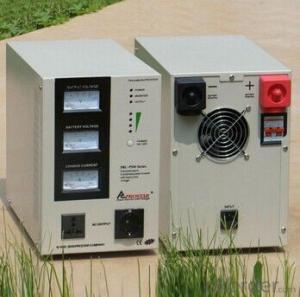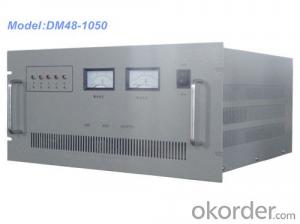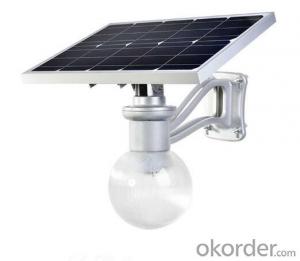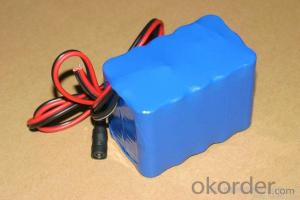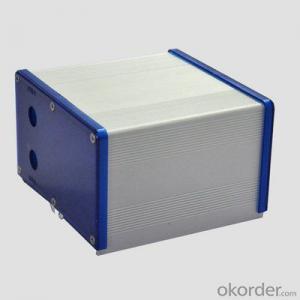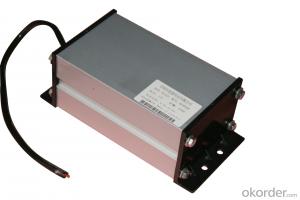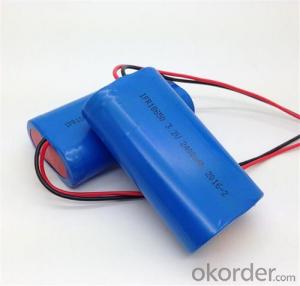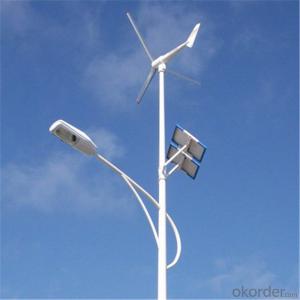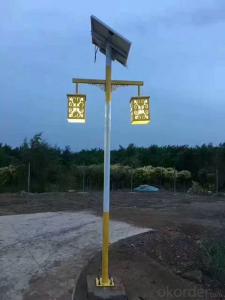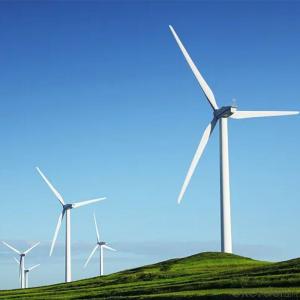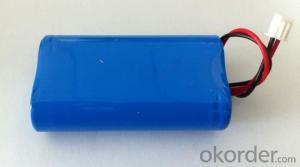Solar 5kva Inverter
Solar 5kva Inverter Related Searches
5kva Solar Inverter Solar 5kw Inverter 5kv Solar Inverter 5kw Solar Inverter 5kw Solar Power Inverter Solar Power 5kw Inverter 5 Kva Solar Inverter 5kva Inverter Solar System 5kva Hybrid Solar Inverter 5 Kilowatt Solar Inverter 5kw Solar Panel Inverter 5k Solar Inverter Inverter For 5kw Solar System 5kw Solar Hybrid Inverter 5kva Solar Inverter Price 5kw Inverter Solar System 5kw Hybrid Solar Inverter 5kv Solar Inverter Price Solar 5kw Inverter Price 5kw 48v Solar Inverter 5kva Mppt Solar Inverter Hybrid Solar Inverter 5kw Best 5kw Solar Inverter 5kw Solar Inverter For Sale Tesla Solar Inverter 5kw 5kw Solar Inverter Price 5kw Solar Inverter Cost 5 Kw Hybrid Solar Inverter 5.5 Kva Solar Inverter Sma 5kw Solar InverterSolar 5kva Inverter Supplier & Manufacturer from China
The Solar 5kva Inverter is a high-quality product designed to convert solar energy into usable electrical power for various applications. This efficient inverter is equipped with advanced features that ensure optimal performance and reliability, making it an ideal choice for residential and commercial solar power systems. The Solar 5kva Inverter is engineered to handle the varying demands of solar energy conversion, providing a seamless and efficient power supply to homes and businesses alike.The Solar 5kva Inverter is widely used in a range of scenarios where a reliable and efficient power source is required. It is commonly employed in off-grid solar systems, where it plays a crucial role in converting the energy generated by solar panels into electricity that can be used to power appliances, lighting, and other electrical devices. Additionally, this inverter is also suitable for grid-tied systems, where it helps to regulate the flow of electricity between the solar panels and the main power grid. This ensures that excess energy generated by the solar panels can be fed back into the grid, reducing the overall energy consumption and costs for the user.
Okorder.com is a reputable wholesale supplier of the Solar 5kva Inverter, boasting a large inventory of this product to cater to the needs of various customers. As a leading online platform, Okorder.com offers competitive prices, fast shipping, and excellent customer support, ensuring that customers can purchase the Solar 5kva Inverter with confidence and convenience. By partnering with Okorder.com, customers can benefit from a hassle-free purchasing experience and access to a wide range of solar power solutions, including the Solar 5kva Inverter, to meet their energy requirements.
Hot Products



